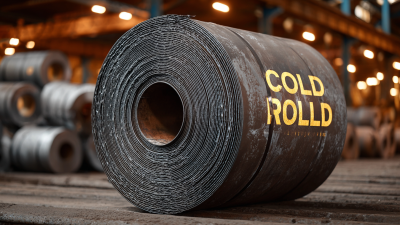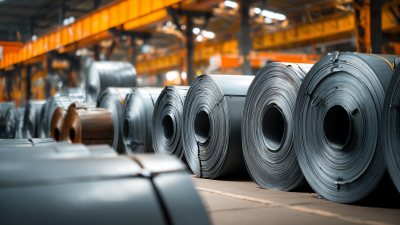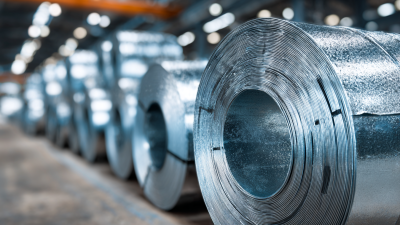In the world of industrial applications, the choice of materials can significantly impact the performance and longevity of products. One such material, the Cold Rolled Sheet, is widely recognized for its superior surface finish and dimensional accuracy. However, to fully leverage its benefits, enhancing the durability of these sheets is paramount.
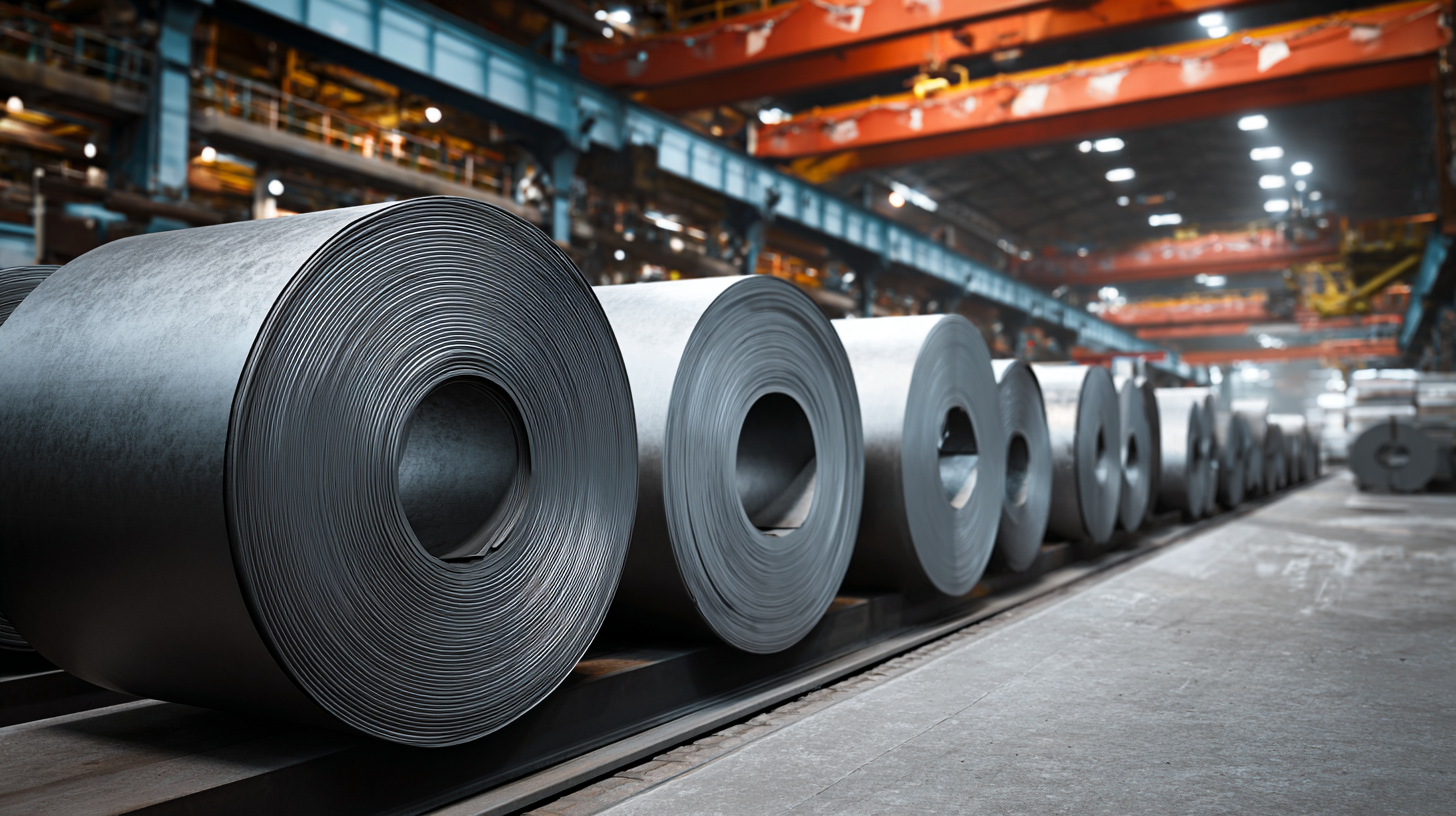
As industries increasingly seek to optimize their resources and improve the lifespan of their products, understanding the factors that contribute to the durability of Cold Rolled Sheets becomes essential. This blog aims to explore effective strategies that can be implemented to enhance the longevity and performance of Cold Rolled Sheets in various industrial applications, ensuring that businesses can achieve both efficiency and sustainability in their operations.
Cold rolled sheets play a pivotal role in various industrial applications due to their enhanced surface finish and dimensional accuracy. These sheets are often utilized in sectors such as automotive and construction, where their mechanical properties determine their performance and longevity under demanding conditions. Understanding the importance of these materials is crucial, especially as industries lean towards more advanced methods for optimizing their production processes. Recent advancements in machine learning, for instance, have enabled the prediction of mechanical properties in hot rolled steel, which can potentially inform the development and enhancement strategies for cold rolled materials as well.
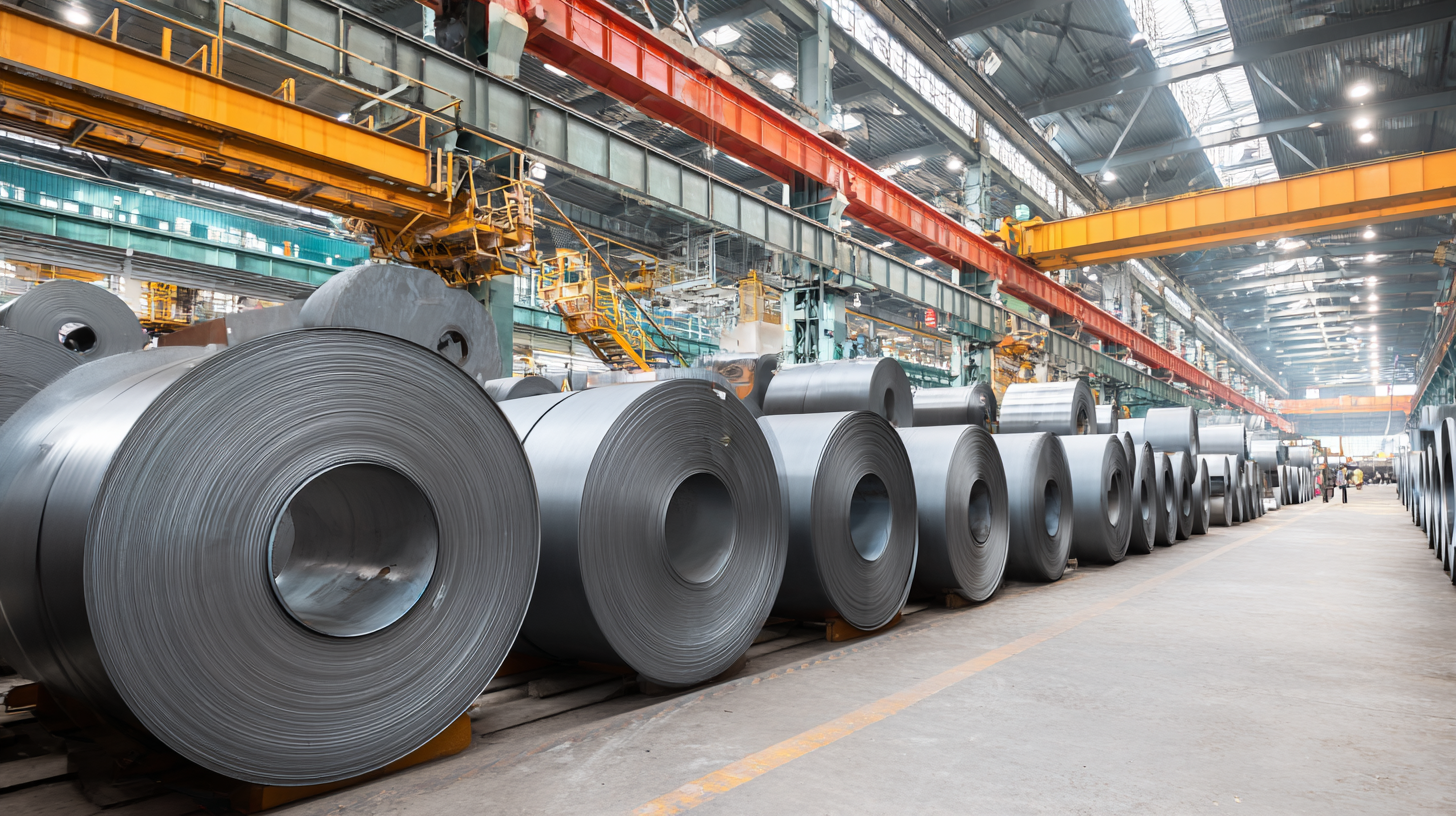 Moreover, the cold rolling process, while essential, can lead to challenges such as the generation of wear particles, which could compromise the quality of the final product. By examining the rolling parameters more closely, as highlighted in recent studies, industries can adopt better practices that mitigate such issues. The integration of approaches like unsupervised machine learning also demonstrates a trend towards data-driven solutions that help determine optimum processing parameters, ensuring that cold rolled sheets maintain their integrity and durability amid evolving industrial demands. As attention to both performance and environmental sustainability increases, understanding these fundamental aspects becomes imperative for the future of steel processing and usage.
Moreover, the cold rolling process, while essential, can lead to challenges such as the generation of wear particles, which could compromise the quality of the final product. By examining the rolling parameters more closely, as highlighted in recent studies, industries can adopt better practices that mitigate such issues. The integration of approaches like unsupervised machine learning also demonstrates a trend towards data-driven solutions that help determine optimum processing parameters, ensuring that cold rolled sheets maintain their integrity and durability amid evolving industrial demands. As attention to both performance and environmental sustainability increases, understanding these fundamental aspects becomes imperative for the future of steel processing and usage.
The durability of cold rolled steel sheets is pivotal in industrial applications, significantly impacting performance and lifespan. Key factors influencing durability include material composition, surface treatment, and environmental conditions. According to a report from the Steel Institute, cold rolled sheets with higher carbon content can enhance strength and reduce wear, making them suitable for heavy-duty applications. Additionally, advanced surface treatments, such as galvanization, can provide essential corrosion resistance, extending the life expectancy of steel sheets in demanding environments.
To enhance the durability of cold rolled sheets, consider these tips: First, ensure the selection of high-quality materials that meet industry standards. Utilize sheets from reputable manufacturers who comply with ISO certifications, ensuring consistency and reliability. Second, implement protective coatings that not only prevent corrosion but also improve wear resistance. Properly choosing and applying coatings can significantly extend product life. Lastly, maintain optimal storage conditions to prevent moisture accumulation, which can lead to rust and product degradation. By focusing on these factors, industries can boost the durability of their cold rolled steel sheets effectively.
Cold rolled sheets are essential in various industrial applications due to their superior surface finish and dimensional accuracy. However, to maximize their longevity, selecting the right coatings and treatments is crucial. Recent industry studies indicate that corrosion-resistant coatings, such as galvanization, can reduce maintenance costs by up to 20% over the lifespan of the sheets. This is particularly vital in sectors dealing with harsh environments, where the risk of rust and oxidation is heightened.
In addition to galvanization, the application of polymer-based coatings is gaining traction. According to a report by the Coating Research Institute, these coatings can enhance durability significantly by offering protection against chemical damage and physical abrasion. For example, a specific treatment known to withstand temperatures up to 300°C can ensure that cold rolled sheets maintain their structural integrity even under extreme conditions. By investing in these advanced coatings and treatments, manufacturers can significantly extend the life of cold rolled sheets, ultimately leading to increased ROI and reduced downtime due to material failure.
When it comes to the performance of cold rolled sheets under stress, data-driven insights play a crucial role in enhancing durability for industrial applications. By analyzing performance metrics such as tensile strength, yield strength, and elongation percentage, manufacturers can identify the specific properties that contribute to the longevity of these materials. Rigorous testing under various conditions allows for a clear understanding of how cold rolled sheets respond to different stress scenarios, enabling the optimization of production processes.
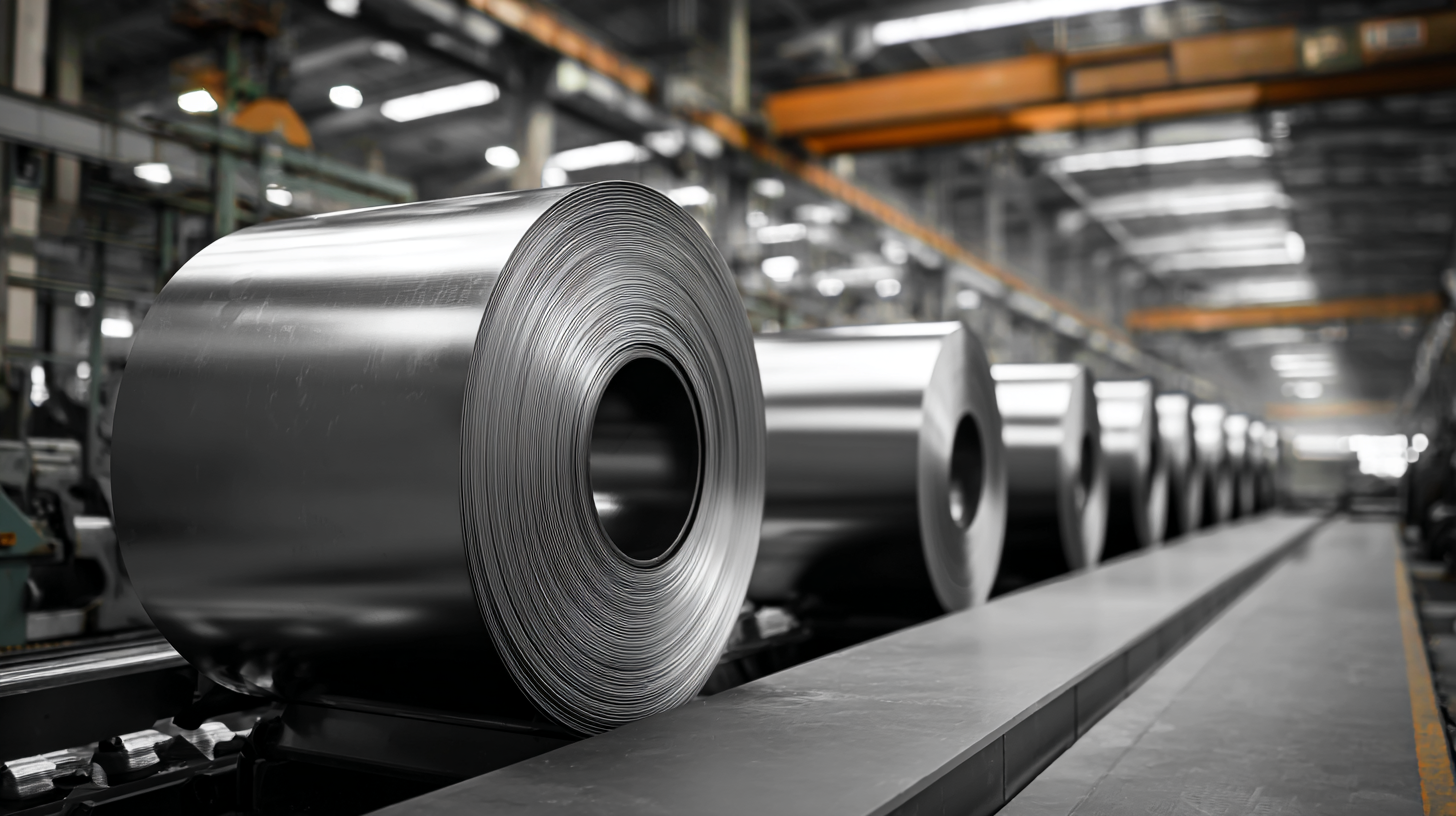
Furthermore, leveraging advanced analytics and simulations can provide a comprehensive view of how environmental factors—such as temperature and humidity—affect material performance. This approach not only aids in selecting the right alloy compositions but also facilitates the development of treatments aimed at improving the resilience of cold rolled sheets. As industries face increasing demands for durability, employing a data-driven methodology ensures that cold rolled sheets meet and exceed the necessary longevity standards, ultimately leading to more reliable and efficient industrial operations.
When it comes to maintaining and storing cold rolled steel products, adherence to best practices can significantly enhance their durability and performance in industrial applications. According to reports from the American Iron and Steel Institute (AISI), cold rolled sheets have a higher tensile strength and improved surface finish compared to hot rolled products. To preserve these qualities, it’s essential to store sheets in a temperature-controlled environment, ideally between 60°F to 80°F, to prevent moisture accumulation that can lead to corrosion.
Routine inspection of storage areas is also critical. The National Association of Manufacturers (NAM) suggests frequent checks to identify any signs of rust or damage. Steel sheets should be stacked on a clean, dry surface and covered with protective sheets to avoid contact with contaminants. Additionally, maintaining optimal humidity levels—preferably below 50%—can prevent the onset of corrosion more effectively than traditional rust inhibitors. Implementing these best practices can extend the lifespan of cold rolled steel, reducing maintenance costs and enhancing productivity in industrial applications.
